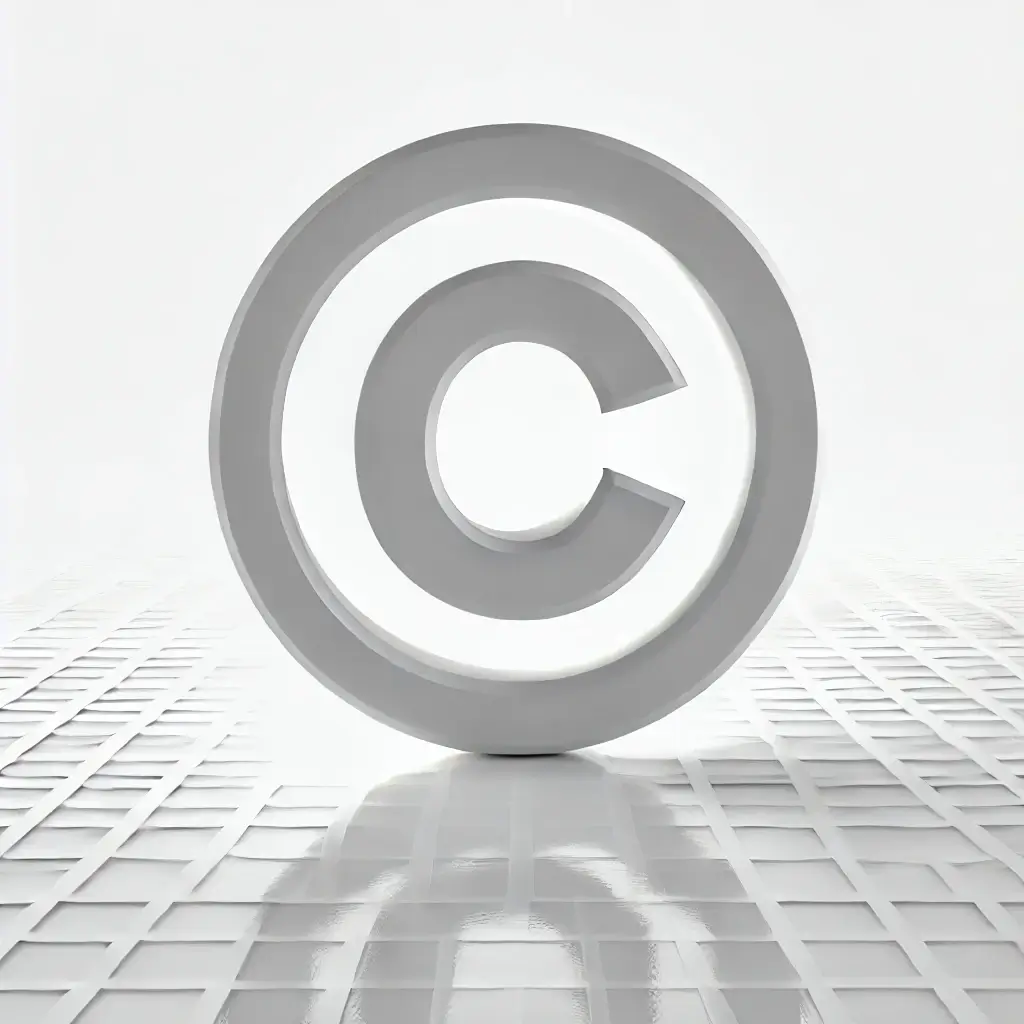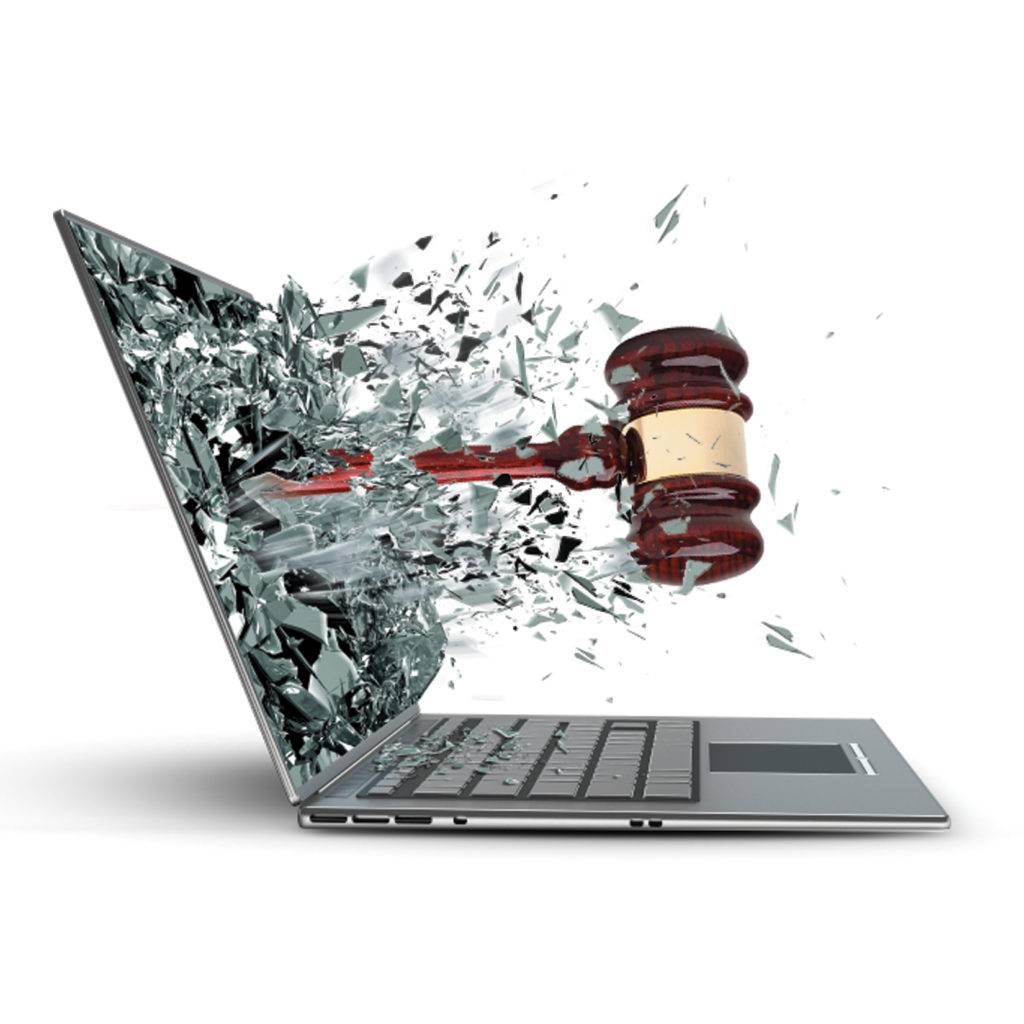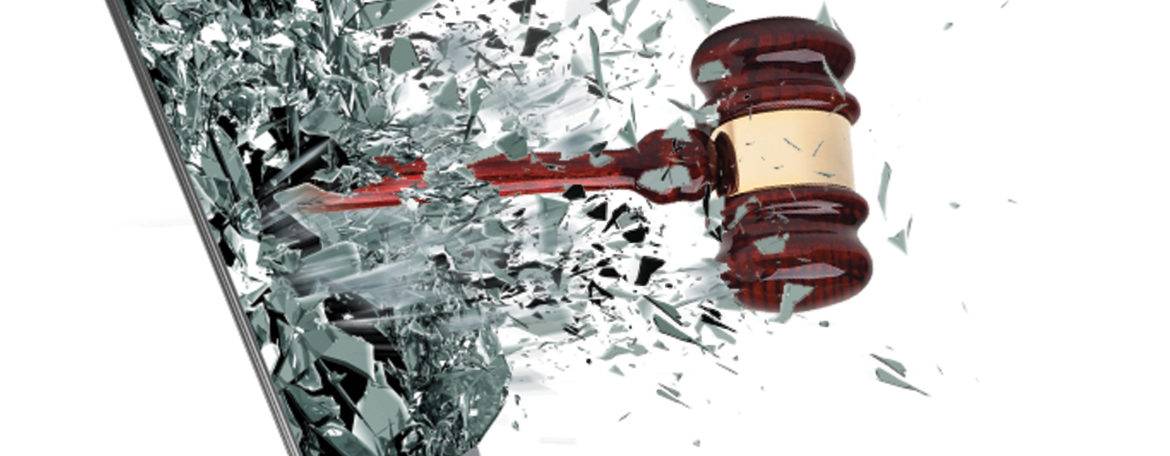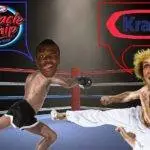EDITOR’S NOTE: None of this should be construed as legal advice. The following article is for informational purposes only. If you have a question regarding copyright law, please seek the advice of a licensed legal professional.
A time-honored practice in copywriting is…let’s call it “borrowing.” You see someone else’s clever turn of phrase, a few words that perfectly describe what you’re trying to convey, a zinger pun, and you decide to use it in your own writing. Maybe you change the words around to fit your situation, or maybe you don’t, but it’s just harmless borrowing, right?
But borrowing can be a bit like eating Girl Scout cookies. Just a couple, you think, or maybe a few more—dang, those Samoas are good!—and pretty soon the whole box is gone. It’s for a good cause, right? So what if I lifted a whole paragraph or two from another writer? It’s not like anyone will find out. And anyway, it’s just fair use!
Plagiarism and Copyright Misconceptions
OK, so now it’s time for an intervention. There are quite a few misconceptions about copyright law, and what does (and doesn’t) constitute plagiarism and fair use. Here is an attempt to lend some clarity. Please note that none of this is intended to constitute legal advice.
What is copyright?
Copyright is a legal notion that grants, for a limited time, the creator of a work the right to control what happens to it and what other people can do with it. “Work” here can mean writing, visual arts, written or recorded music, or anything else that can be put on a “fixed medium” such as paper or a computer disk. “Limited time” means the life of the creator plus 50 years, or a flat 75 years for a copyright held by an entity. It is not necessary to register your work with the government—copyright is automatically granted to anything you put on a fixed medium.

Some creators choose to put their works directly in the public domain—meaning that anyone can use it for any purpose without compensating the creator. Copyright can also be transferred to someone else; typically, the copyright in a “work for hire” is not retained by the creator, but transfers to the person or entity that paid the creator for the work.
What is plagiarism?
Plagiarism is the unauthorized, unattributed use of someone else’s work. Typically, plagiarists claim another’s work as their own. Plagiarism and copyright violations are subtly different in that plagiarism is more of an intellectual sin and applies to all works, whereas copyright violation is a crime and applies only to works with active copyrights. It is possible to plagiarize something that is in the public domain; doing so might get you kicked out of graduate school, but it won’t get you fined or sued.
What is fair use?
Fair use is the legal notion that works may be reproduced and used without compensating the copyright owner in limited circumstances such as for scholarly research, news reporting and criticism. U.S. courts hold a narrow view of fair use, and the fact that you aren’t making any money off of appropriating content from elsewhere is not good enough.
How do i stay out of trouble?
When in doubt, make sure you properly cite the original creator. It’s bad form to copy large swaths of another creator’s work, even if you do properly cite it; instead, pick out the most relevant pieces to quote, or paraphrase it in your own words. And it never hurts to use one of the online plagiarism checkers, such as Copyscape, to make sure you aren’t inadvertently plagiarizing someone.
By following these commonsense ideas, you can avoid plagiarism and copyright trouble. Save those Thin Mints for another day.
Morris Vaughan is a technical writing consultant in Los Angeles, California.





